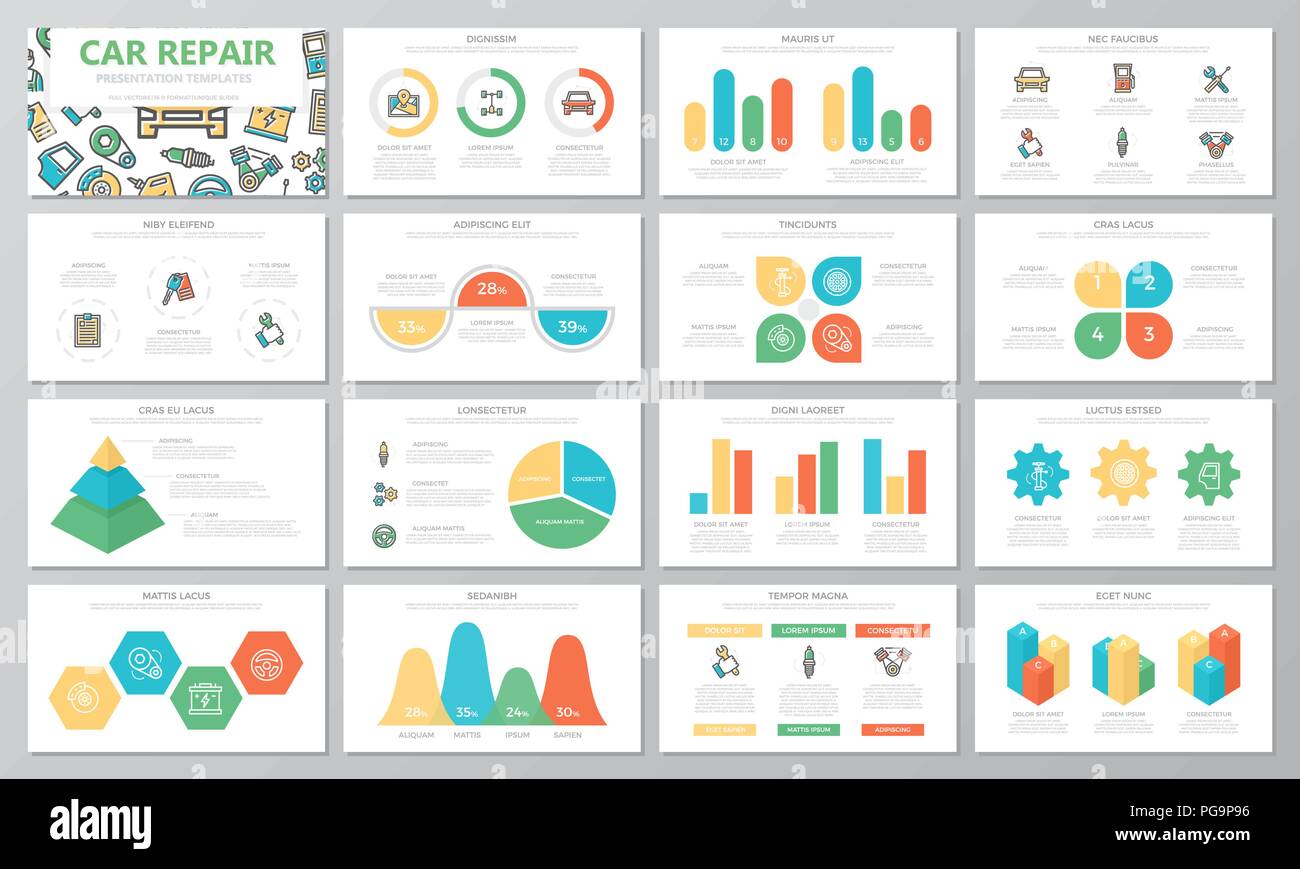Deciphering Your Car'S Caution Indicators: What They Truly Symbolize
Deciphering Your Car'S Caution Indicators: What They Truly Symbolize
Blog Article
Personnel Author-Termansen Corbett
When you lag the wheel, those beautiful warning lights on your control panel can be a little bit perplexing. Do you understand what they're attempting to tell you regarding your cars and truck's health? Understanding the importance of these lights is vital for your safety and security and the longevity of your automobile. So, https://www.ksat.com/news/local/2022/07/13/firefighters-battle-heavy-flames-at-auto-repair-shop-and-storage-facility-on-south-side/ following time among those lights appears, would not you wish to decipher its message precisely and take the required actions to address it?
Common Warning Lights and Interpretations
Determine common caution lights in your auto and comprehend their meanings to ensure secure driving.
Suggested Web page of the most regular caution lights consist of the check engine light, which signifies problems with the engine or exhausts system. If this light begins, it's essential to have your car checked quickly.
The oil pressure warning light suggests reduced oil pressure, requiring prompt attention to avoid engine damages.
A blinking battery light could recommend a defective billing system, possibly leaving you stranded otherwise attended to.
The tire stress surveillance system (TPMS) light alerts you to low tire pressure, impacting automobile security and fuel performance. Disregarding this can result in hazardous driving problems.
The abdominal light indicates a trouble with the anti-lock braking system, jeopardizing your capacity to quit rapidly in emergency situations.
Finally, the coolant temperature alerting light warns of engine overheating, which can result in severe damage otherwise settled promptly.
Understanding these typical caution lights will certainly aid you address concerns without delay and preserve safe driving conditions.
Relevance of Prompt Attention
Understanding the common warning lights in your cars and truck is only the first step; the significance of without delay resolving these cautions can not be stressed enough to guarantee your security when driving.
When a warning light brightens on your control panel, it's your auto's method of communicating a potential concern that needs interest. Overlooking these cautions can cause extra extreme troubles down the road, endangering your safety and possibly costing you a lot more out of commission.
Trigger focus to cautioning lights can prevent failures and accidents. As an example, a blinking check engine light might show a misfire that, if left ignored, can cause damage to the catalytic converter. Resolving this without delay can conserve you from a costly fixing.
Likewise, a brake system alerting light could signify low brake fluid or used brake pads, essential parts for your security when driving.
DIY Troubleshooting Tips
If you notice a caution light on your dashboard, there are a few DIY repairing ideas you can attempt before looking for professional assistance.
The primary step is to consult your vehicle's guidebook to understand what the particular warning light shows. In some cases the issue can be as easy as a loosened gas cap setting off the check engine light. Tightening up the gas cap might fix the problem.
An additional typical concern is a reduced battery, which can activate various cautioning lights. Inspecting the battery connections for deterioration and guaranteeing they're protected may repair the problem.
If a caution light persists, you can try resetting it by separating the auto's battery for a couple of mins and then reconnecting it. Furthermore, examining your vehicle's liquid degrees, such as oil, coolant, and brake liquid, can help repair cautioning lights connected to these systems.
Final thought
In conclusion, understanding your auto's warning lights is vital for keeping your vehicle running smoothly and securely. By promptly addressing these informs and recognizing what they imply, you can avoid costly repair work and possible failures.
Keep in mind to consult your auto's guidebook for specific details on each alerting light and take action as necessary to ensure a trouble-free driving experience.
Remain informed, stay risk-free when traveling!
